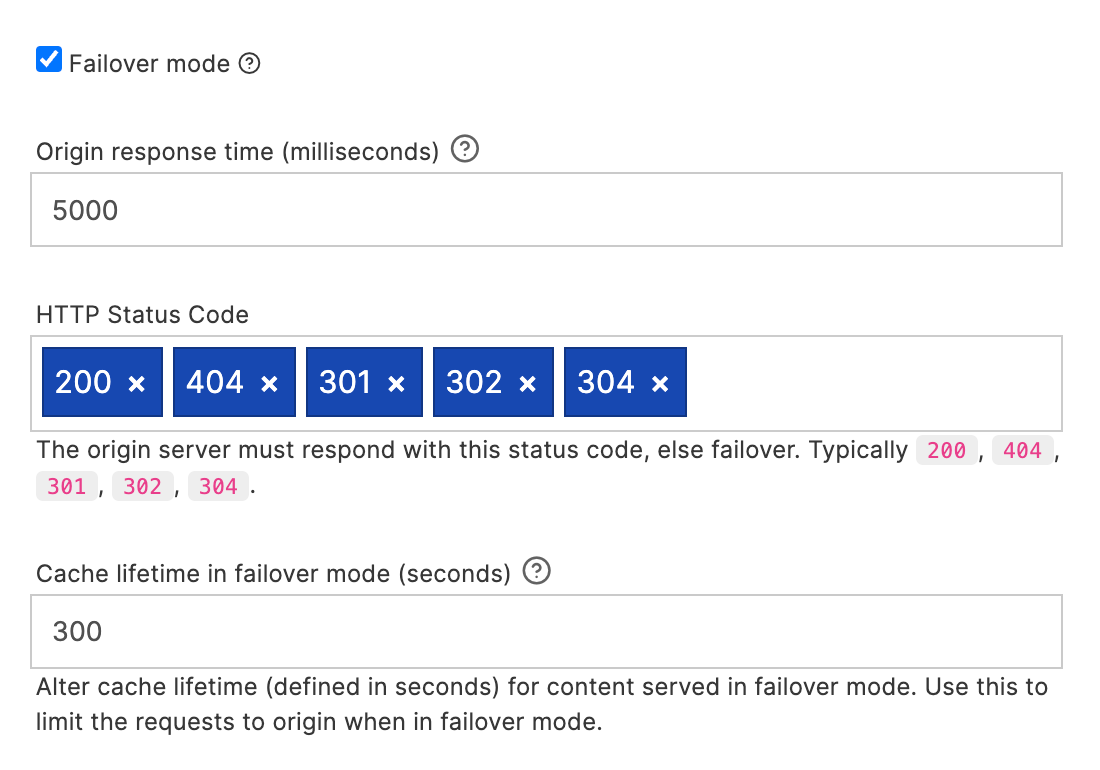
As our goal is to be the best all-in-one web platform, the Quant Dashboard is chock full of useful CDN and static web features. One small but very mighty feature we recently added to the Dashboard is “failover mode”. With a few clicks, you can make sure your website has a static copy available to your users if your backend site fails for any reason.
What does “failover” mean?
"Failover" is a general term that refers to seamlessly and automatically switching to a backup when a component or system fails. This is a common approach in IT and computer systems to help ensure continuous operation and high availability of services. Many system components may be set up to support “failover” including servers, databases, networks, or other critical parts of a tech infrastructure.
The primary goal of adding failover to your system architecture is to minimize downtime and maintain system operation without any manual intervention. Failover is a key approach in disaster recovery planning to mitigate against hardware failures, software crashes, or other unexpected disruptions.
Why should you use static failover for your website?
Given the complexity of today’s web technologies, many things can cause your website to go down including:
- Maintenance
- Traffic spikes
- Hardware failures
- Software crashes
- Service provider problems
- Human error
- Natural disasters
- Cyberattacks
Using a static site copy as a failover for your regular website can provide peace of mind if your website goes down. It helps ensure that your online presence is uninterrupted in the event of technical issues, unexpected traffic spikes, or other unforeseen events. You should still have full website backups in case you need to recover from data loss or server failover, but using a static version is a perfect stopgap while you debug your website failure.
Using static failover mode
Quant’s failover mode is very straightforward. The process is:
- You configure Quant to store regular static snapshots of your site.
- You set up a “proxy” that points to your backend site and check the “Failover mode” checkbox.
- Optionally update the failover configuration options.
- Quant automatically monitors the health of your backend site.
- If Quant detects that your backend site is down, it automatically switches to the static copy of your site.
- Once Quant detects your backend site is back online, it automatically switches out of failover mode.

Static failover configuration in the dashboard.
Feedback welcome!
If you have any questions or have suggestions for making the static failover feature more useful, contact us and let’s talk!
About QuantCDN
Quant is a global static edge; a CDN & WAF combined with static web hosting. We provide solutions to help make WordPress and Drupal sites static, as well as support for all popular static site generators.




